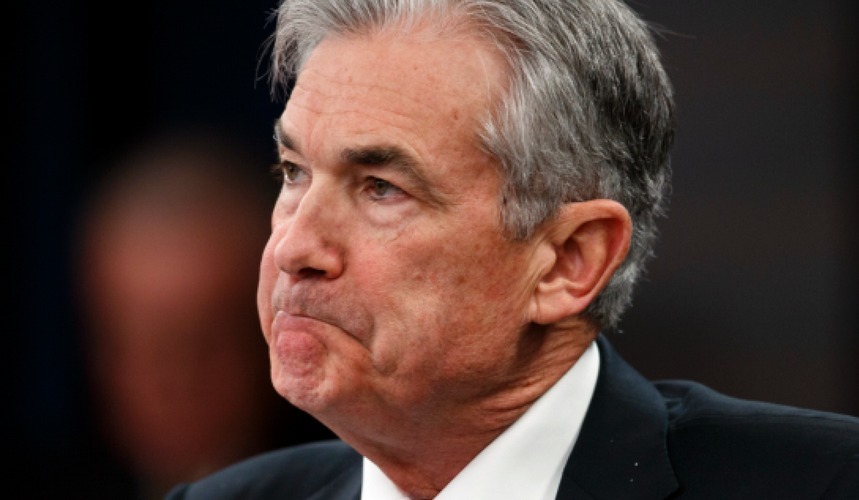Breaking Down the K-Shaped Consumer Phenomenon
The Current State of Low-Income Households in the US
Citigroup CEO Jane Fraser recently raised concerns about the financial struggles that low-income households in the US are facing. The pandemic has taken a toll on many individuals and families, but those at the lower end of the income spectrum have been hit the hardest. With savings depleted and debt on the rise, many Americans are finding it increasingly difficult to make ends meet.
The K-Shaped Consumer
Fraser’s observation of a “K-shaped consumer” paints a stark picture of the divide that has widened between different socioeconomic groups in the country. As affluent individuals continue to spend freely, lower-income households are forced to tighten their belts and cut back on expenses. This disparity not only exacerbates existing inequalities but also has ripple effects throughout the economy.
Low-income households are facing a multitude of challenges, from job losses and reduced work hours to mounting medical bills and housing insecurity. The financial strain is taking a toll on their mental and physical well-being, further deepening the divide between the haves and the have-nots.
The Federal Reserve’s Dilemma
As the gap between the rich and the poor widens, the Federal Reserve faces a delicate balancing act. On one hand, the central bank must continue to support the economy and ensure liquidity in the financial system. On the other hand, policymakers must address the growing inequality and find ways to provide relief to those most in need.
The Fed’s decisions in the coming months will have far-reaching implications for the economy as a whole. By addressing the needs of low-income households and promoting inclusive growth, policymakers can help pave the way for a more equitable and sustainable recovery.
How Will This Affect Me?
For individuals and families struggling to make ends meet, the K-shaped consumer phenomenon can have dire consequences. From job insecurity to mounting debt, the financial challenges facing low-income households are daunting and can have lasting effects on their well-being. It is crucial for policymakers to implement targeted interventions and support programs to help those most in need.
How Will This Affect the World?
The widening wealth gap in the US has global implications, as economic inequality can destabilize markets and hinder overall growth. As the largest economy in the world, the US plays a significant role in shaping global trends and policies. By addressing the root causes of the K-shaped consumer phenomenon, policymakers can help build a more resilient and inclusive global economy.
Conclusion
Addressing the challenges facing low-income households is not only a moral imperative but also an economic necessity. The K-shaped consumer phenomenon highlights the need for targeted interventions and support mechanisms to ensure a more equitable and sustainable recovery for all. By working together to bridge the gap between the rich and the poor, we can build a stronger and more resilient economy for the future.





